-
How does it feel?
-
What can I use it for?
Siberian Ginseng is an adaptogen. It can be used in times of stress, whether physical or mental, to support the nervous system.
It may be used to support immunity as preventative, or for convalescence after a period of illness to help the body recover.
It is safe for the elderly as a support for general vitality as well as younger adults, as it is considered gentler than the herb it is often conflated with, Panax ginseng.
Some sensitive people may find that Siberian Ginseng is too stimulating for them, so this should be taken into consideration.
-
Into the heart of siberian ginseng
 With the pace of modern life, many people are juggling multiple responsibilities. Stress is a major contributing factor to a number of conditions, yet most people are chronically stressed. With this reality in mind, adaptogenic herbs have been very popular.
With the pace of modern life, many people are juggling multiple responsibilities. Stress is a major contributing factor to a number of conditions, yet most people are chronically stressed. With this reality in mind, adaptogenic herbs have been very popular.Although it is necessary to address the root cause of stress in someone’s life, and make sustainable changes when necessary, sometimes we just need the support to get through to the other side.
Siberian Ginseng is one such herb that can support a person through brief periods of stress and fortify the body.
It is generally well tolerated by most as it is considered to gently increase energy and stamina, while supporting regular sleep patterns.
-
Traditional uses
Siberian Ginseng has been used in the East for thousands of years as a medicine. It has been used, along with other species of the same genus, in Traditional Chinese Medicine for a number of complaints.
These include oedema, joint pain, lower back pain, bronchitis, insomnia, anorexia, hernias and paralysis. It was also used to support general vitality, libido, memory, and longevity.
In the 1950’s, scientists in The Soviet Union investigated its ability to improve performance. This was spurred on by supporting the productivity of the working class, in addition to improving the performance of Olympic athletes and cosmonauts.
It was thus included in the Soviet Pharmacopoeia. By 1976, 3 million people were using the herb regularly.
-
Traditional actions
Herbal actions describe therapeutic changes that occur in the body in response to taking a herb. These actions are used to express how a herb physiologically influences cells, tissues, organs or systems. Clinical observations are traditionally what have defined these actions: an increase in urine output, diuretic; improved wound healing, vulnerary; or a reduction in fever, antipyretic. These descriptors too have become a means to group herbs by their effects on the body — herbs with a nervine action have become the nervines, herbs with a bitter action are the bitters. Recognising herbs as members of these groups provides a preliminary familiarity with their mechanisms from which to then develop an understanding of their affinities and nuance and discern their clinical significance.
-
Traditional energetic actions
Herbal energetics are the descriptions Herbalists have given to plants, mushrooms, lichens, foods, and some minerals based on the direct experience of how they taste, feel, and work in the body. All traditional health systems use these principles to explain how the environment we live in and absorb, impacts our health. Find out more about traditional energetic actions in our article “An introduction to herbal energetics“.
Chinese energetics
Western energetics
-
What practitioners say
 Nervous system
Nervous systemAs an adaptogen, Siberian Ginseng is useful for those going through stressful periods and need extra support to help the system cope. This stress may be physical, such as the stress of training for athletes, or mental, such as the stress of preparing for exams. If someone is exhausted from overwork, illness, or other long-term stress, Siberian Ginseng is also indicated for the period of recovery. Those who suffer from chronic fatigue may find it useful, but it is to be used with caution here as it can be overly stimulating for sensitive people. People with ADHD may also find Siberian Ginseng helpful in a formula. Although it is generally not thought of for insomnia, it can be used in certain cases. It is appropriate for use in the elderly.
Immune system
If someone is experiencing frequent infections, it is important that other pathologies are ruled out. In the absence of other pathology, if low immunity is a part of the constitution of the patient, Siberian Ginseng can be helpful. It can be used prophylactically or at convalescence. Use during infection is not always recommended, traditionally. Siberian Ginseng may be advised as part of a complementary therapy alongside chemotherapy in cancer patients.
Cardiovascular system
Although not a classic heart remedy, Siberian Ginseng shows anticholesterolemic activity and ban support the proper functioning of the heart and cardiovascular system. It improves oxygenation, which is one way it supports athletic performance. However, traditionally there is caution when using in people with high blood pressure.
-
Research
 A recent review on the archival literature from the USSR’s studies showed that the effects of eleutherococcus had been studied on cognitive performance, physical performance, cancer, pregnancy, cardiovascular disease, hearing impairment, and immunology. The impact on cognitive performance appeared to be dose-dependent. The studies found that a maintenance dose of Eleutherococcus improved physical work capacity, stamina, and recovery time.
A recent review on the archival literature from the USSR’s studies showed that the effects of eleutherococcus had been studied on cognitive performance, physical performance, cancer, pregnancy, cardiovascular disease, hearing impairment, and immunology. The impact on cognitive performance appeared to be dose-dependent. The studies found that a maintenance dose of Eleutherococcus improved physical work capacity, stamina, and recovery time.There was potential for the herb to be used as an influenza prophylaxis. Heterogenicity was observed in the cardiovascular studies, with mixed results on hypercholesterolaemia and hypertension, though there were improvements of symptoms in atherosclerotic participants. In pregnancy, reduced numbers of spontaneous miscarriage and improved birth outcomes were observed. Eleutherococcus treatment alongside chemotherapy improved quality of life and white blood cell recovery times. There was also an observed improvement in sensory parameters (2).
Several clinical studies support the use of Eleutherococcus as a herb that improves physical performance, though the study designs have been criticised (3). Other studies have observed no difference in performance. There is a need for more rigorous human trials in this area to confirm this action.
When compared with an echinacea extract, Eleutherococcus improved total and LDL cholesterol, triglycerides and glucose in a sample of healthy males (4). Another trial found improvements in oxygen uptake and oxygen pulse (5).
A clinical trial with patients with herpes found that those receiving Eleutherococcus treatment experienced improvements in frequency, severity and duration of their episodes (6). Immunomodulatory activity has also been observed, with the ethanol extract increasing lymphocyte count in healthy participants (7).
A number of animal studies have been conducted with Eleutherococcus, which highlights the need for further clinical trials, as animal studies frequently do not translate to human models.
-
Did you know?
The common name of Siberian Ginseng evolved from the popularity of Panax ginseng in the West for its effects on energy and stamina. Panax was over-harvested as a result, and the expense was prohibitive. Siberian Ginseng may share properties with Panax, but they differ chemically and are not the same genus or species.
Additional information
-
Botanical description
Siberian ginseng is a hardy wild shrub that grows in thickets and mixed deciduous and evergreen forests in the mountainous regions of Eastern Russia, Korea, China, and Japan. The plant grows in full sun or semi-shade and prefers moderately well-drained soil.
It usually grows up to 2 metres in height. The branches are grey-brown coloured, and are covered in thin, downward-pointing spikes. The leaves are green, 12-15cm long, and are divided into 3-5 leaflets. The flowers are bunched in clusters and are male, female, and bisexual. They vary from light violet to yellow in colour. The fruits are dark blue/purple, and are berry-like in appearance. The rhizome is shallow, and the roots are long, woody and pliable.
The root is usually harvested in the autumn.
-
Common names
- Siberian ginseng
- Eleuthero
- Devil’s shrub
- Russian root
- Wu jia pi (Chin)
- Cu wu jia (Chin)
- Eleuterokokka (Russ)
-
Safety
Traditional Russian literature suggests to avoid using Siberian Ginseng in cases of perimenopause, nervous tension or mania, or high blood pressure. The literature also suggests contraindications with hormonal or anti-psychotic treatment, or coffee.
However, as there have been limited clinical trials on the safety of Siberian Ginseng, these claims are not supported by scientific literature. Studies have found that participants experience mild side effects such as headache, breast tenderness, and nervousness. The data on the effect on high blood pressure is inconclusive (barnes).
A case study observed lower plasma levels of digoxin when taken with Siberian Ginseng, so is not recommended in patients taking this type of medication.
A period of treatment following a break is generally recommended. Mills and Bone recommend a 6 week period of treatment followed by a 2 week break in healthy individuals (8). The European Medicines Agency recommends that it is taken for a maximum of two months (9).
Preparations of Eleutherococcus senticosus have been frequently adulterated with Periploca sepium, which may have been responsible for reports of contraindications and toxicity. As such, it is critical to buy from a reputable source to ensure safety.
-
Dosage
- 1-4g daily of dried root
- 2-8ml daily of 1:2 tincture
- 1-3 tablets daily of 1.25g standardised 0.7g eleutheroside E
-
Constituents
- Eleutherosides A-G (0.6-0.9%). Eleutherosides are a chemically diverse group of constituents that are not unique to Eleutherococcus. Eleutherosides B (a phenylpropanoid) and E (a lignan) have been considered to be the most important active constituents (1)
- Triterpenoid saponins (glycosides of protoprimulagenin)
- Glycans (eleutherans A-G)
- Oleanolic acid
- Volatile oil (0.8%)

-
Recipe
Adaptogenic hot cocoa
Ingredients:
- 1/2 tsp Siberian Ginseng powder
- 1/2 tsp Ashwagandha powder
- 1 tsp Cocoa powder
Method:
- Blend with 250ml of hot milk of choice.
-
References
- Fisher C. Materia Medica Of Western Herbs. London: AEON Books; 2018.
- Gerontakos S, Taylor A, Avdeeva A et al. Findings of Russian literature on the clinical application of Eleutherococcus senticosus (Rupr. & Maxim.): A narrative review. J Ethnopharmacol. 2021;278:114274. doi:10.1016/j.jep.2021.114274
- Goulet E, Dionne I. Assessment of the Effects of Eleutherococcus Senticosus on Endurance Performance. Int J Sport Nutr Exerc Metab. 2005;15(1):75-83. doi:10.1123/ijsnem.15.1.75
- Szolomicki S, Samochowiec L, Wjcicki J, Drodzik M. The influence of active components ofEleutherococcus senticosus on cellular defence and physical fitness in man. Phytotherapy Research. 2000;14(1):30-35. doi:10.1002/(sici)1099-1573(200002)14:1<30::aid-ptr543>3.0.co;2-v
- Asano K, Takahashi T, Miyashita M et al. Effect of Eleutheroccocus senticosus Extract on Human Physical Working Capacity. Planta Med. 1986;52(03):175-177. doi:10.1055/s-2007-969114
- Williams, M. Immuno-protection against herpes simplex type II infection by eleutherococcus root extract. Int J Alt Complement Med. 1995;13, 9-12.
- Bohn, B., Nebe, C. T., & Birr, C. Flow-cytometric studies with eleutherococcus senticosus extract as an immunomodulatory agent. Arzneimittel-forschung. 1987; 37(10), 1193-1196.
- Mills S, Bone K. Principles And Practice Of Phytotherapy. Edinburgh: Churchill Livingstone; 2008.
- Eleutherococci radix – European Medicines Agency. European Medicines Agency. https://www.ema.europa.eu/en/medicines/herbal/eleutherococci-radix. Published 2022. Accessed January 12, 2022.

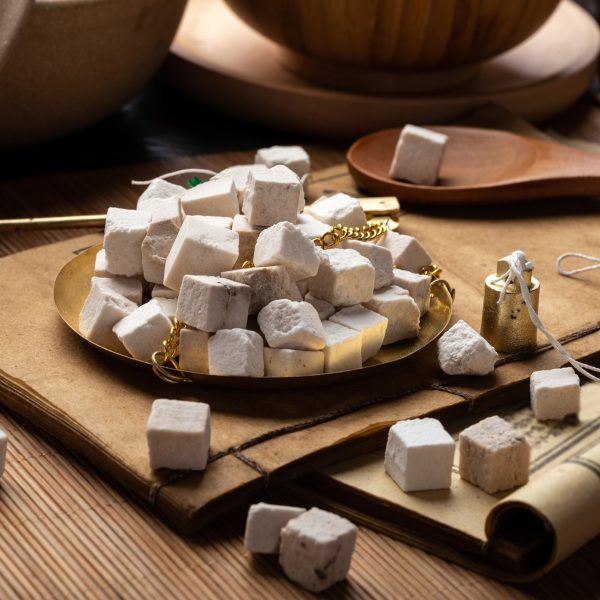
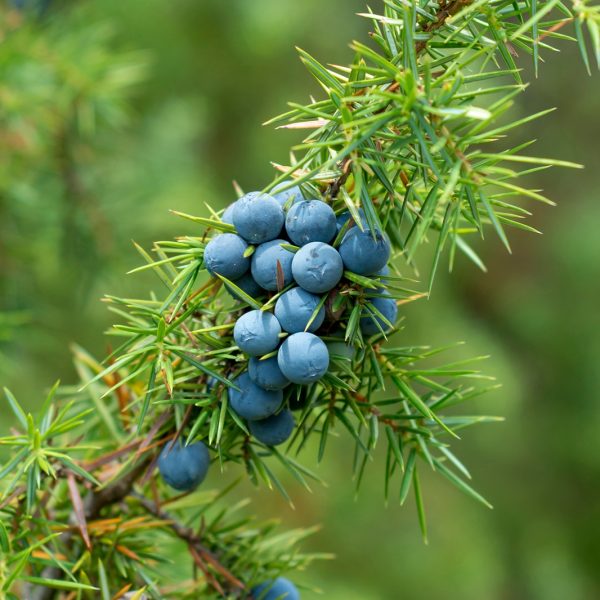












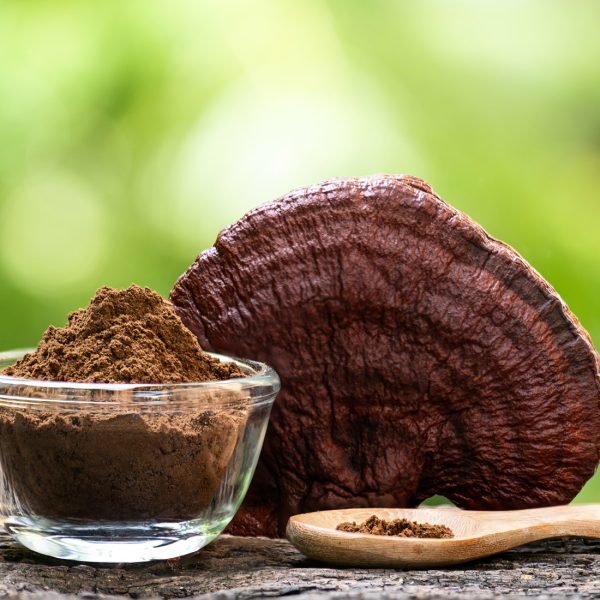
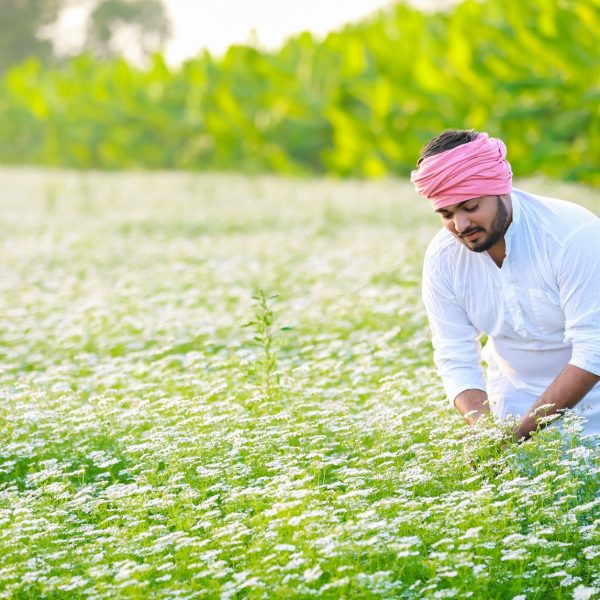
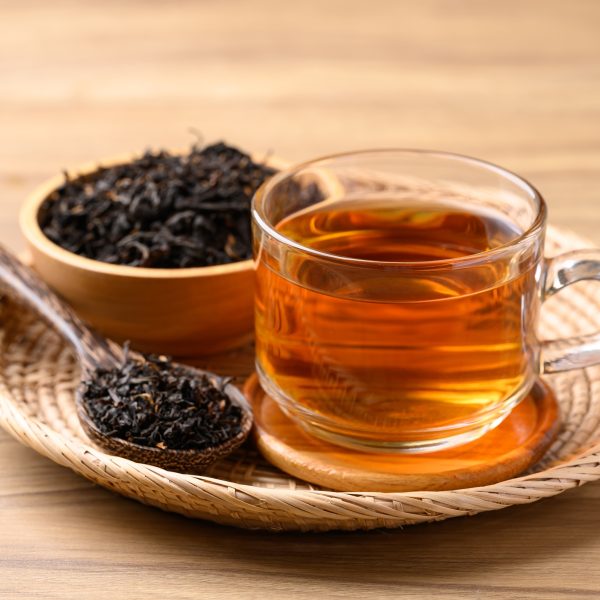
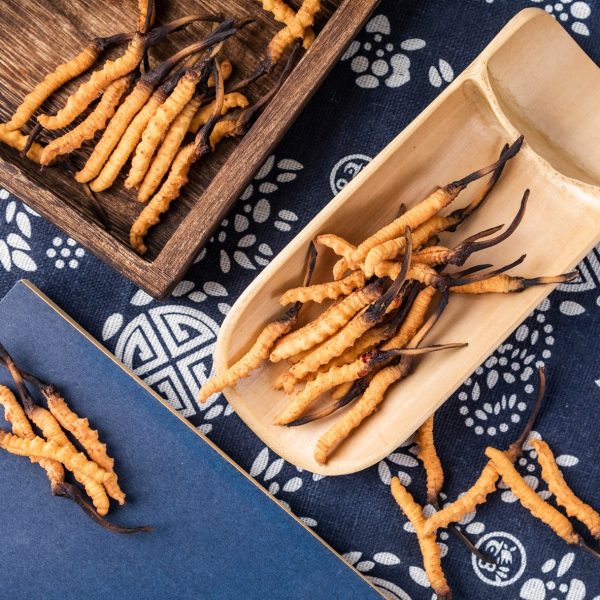










 With the pace of modern life, many people are juggling multiple responsibilities. Stress is a major contributing factor to a number of conditions, yet most people are chronically stressed. With this reality in mind, adaptogenic herbs have been very popular.
With the pace of modern life, many people are juggling multiple responsibilities. Stress is a major contributing factor to a number of conditions, yet most people are chronically stressed. With this reality in mind, adaptogenic herbs have been very popular. Nervous system
Nervous system A recent review on the archival literature from the USSR’s studies showed that the effects of eleutherococcus had been studied on cognitive performance, physical performance, cancer, pregnancy, cardiovascular disease, hearing impairment, and immunology. The impact on cognitive performance appeared to be dose-dependent. The studies found that a maintenance dose of Eleutherococcus improved physical work capacity, stamina, and recovery time.
A recent review on the archival literature from the USSR’s studies showed that the effects of eleutherococcus had been studied on cognitive performance, physical performance, cancer, pregnancy, cardiovascular disease, hearing impairment, and immunology. The impact on cognitive performance appeared to be dose-dependent. The studies found that a maintenance dose of Eleutherococcus improved physical work capacity, stamina, and recovery time.





